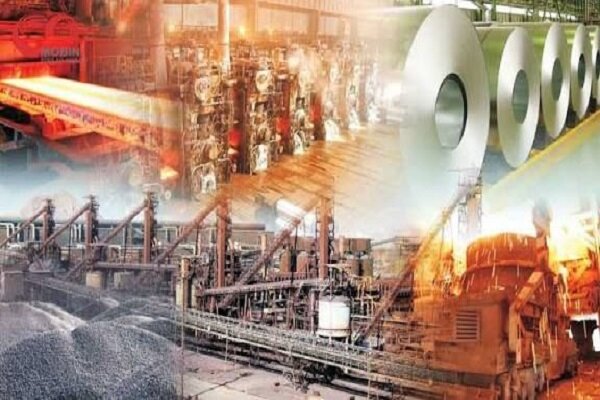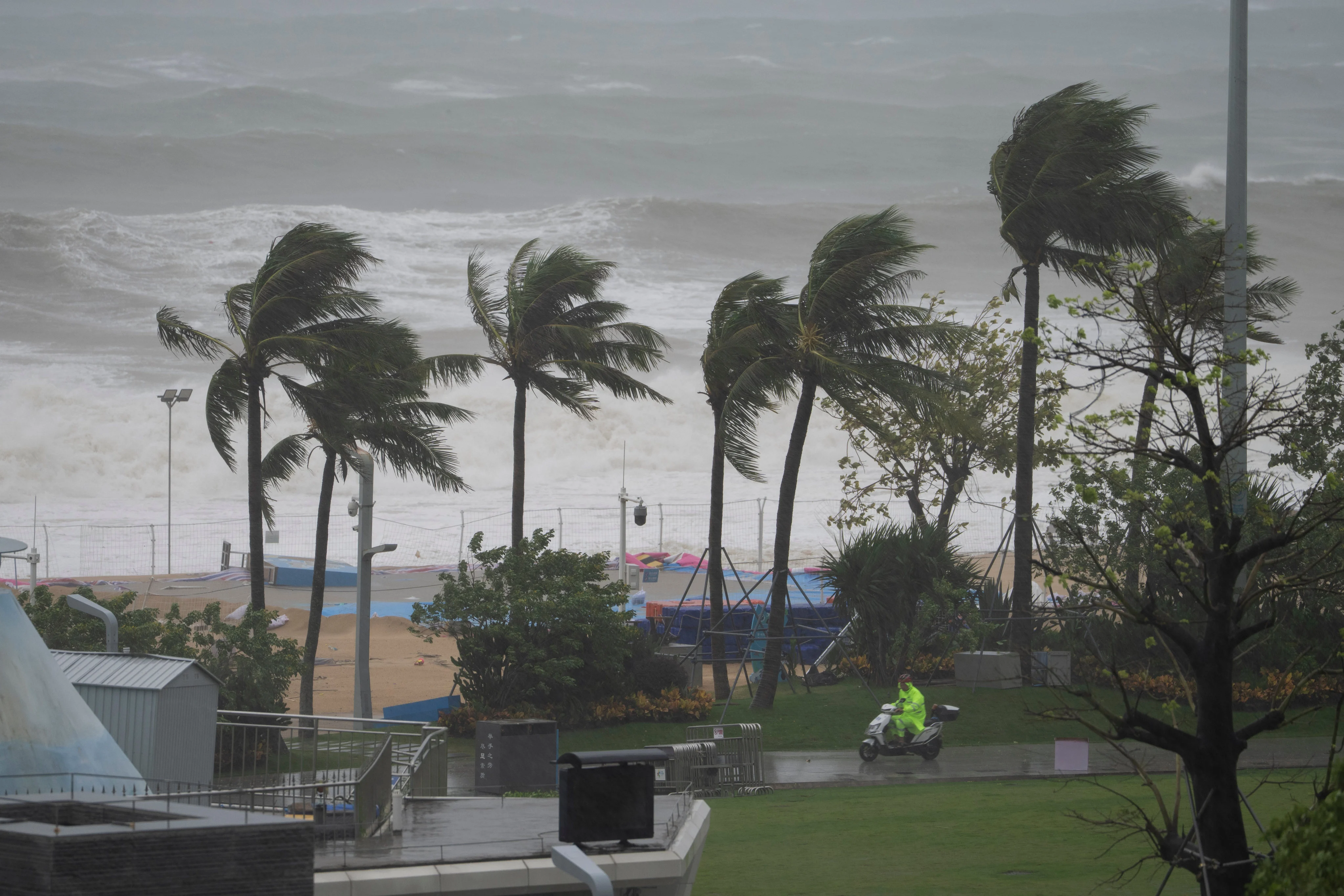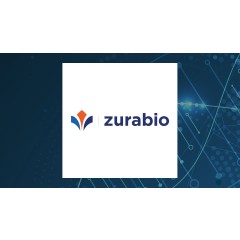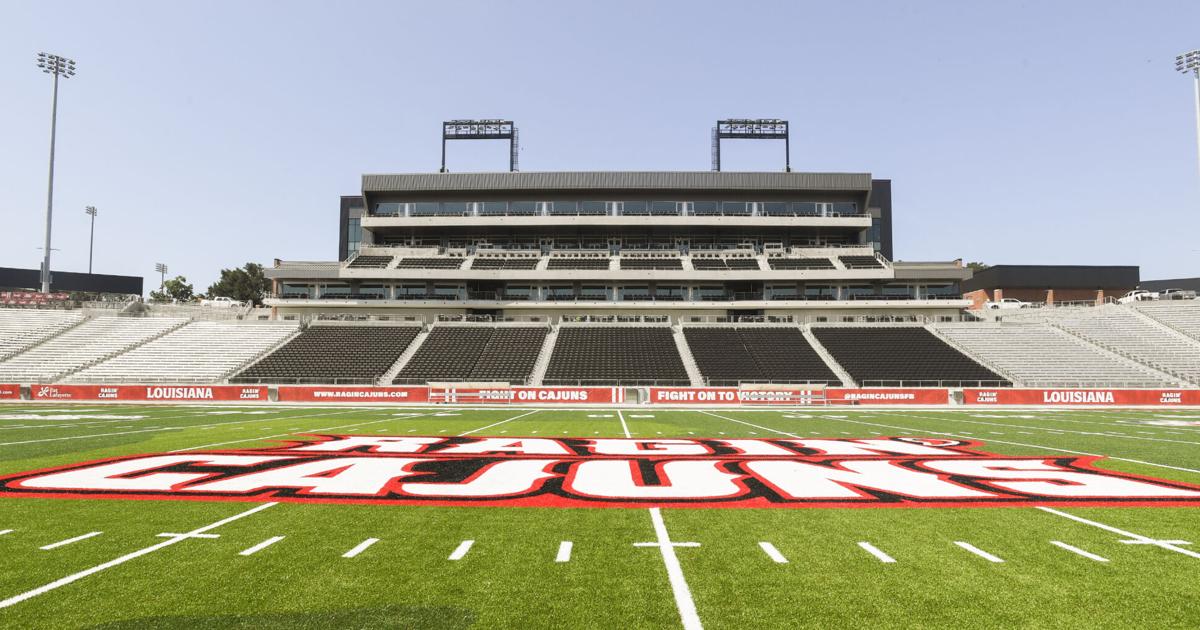
Iran, through Mobarakeh Steel’s recent initiative in Afghanistan, seeks to complete the missing link in its production chain. Yet, competing in this multi-billion-dollar arena against established players will be a formidable challenge.
According to Irasin News, in today’s steel industry, the game does not start in factories but deep underground. Two decades ago, major steel producers were primarily buyers of raw materials, outsourcing mining to specialized companies. Today, most of these companies consider themselves owners of mines.
This shift is not simple; it is backed by years of experience navigating global iron ore price fluctuations, maritime transport crises, and export restrictions in mining countries. In a global market where competition over every ton of iron ore and coking coal is fierce, supply chain security without direct ownership or stakes in mines has become almost impossible.
Global Benchmarking of Steel Producers in Mining
Leading steelmakers do not pursue security alone; they redesign their business models so that mining and steel form an integrated chain.
China Locks Steel on the World Map
China Baowu, the world’s largest steel producer with an annual output exceeding 130 million tons, owns and holds strategic stakes in over 20 major iron ore projects. From Australia and Africa to Mongolia, the company has invested billions to secure its raw material supply. Investments in Guinea’s iron ore mines and joint ventures in Brazil exemplify this policy. Crucially, Baowu not only acquires mines but also builds dedicated rail lines and export terminals, ensuring independence from open markets even during global transport crises.
Europe Commands Steel from Mine to Market
ArcelorMittal, the European giant with operations in over 60 countries, implements a “full-chain” model. From controlling iron ore mines in Canada and Ukraine to owning coking coal mines in Kazakhstan, every move aims to reduce market dependency and manage production costs. During the 2021 crisis when global coking coal prices exceeded USD 600 per ton, ArcelorMittal largely contained price surges using internal resources.
Asia Secures Steel through Partnerships and Contracts
Japanese and Korean producers have also entered this arena, albeit with different models. Nippon Steel and POSCO prefer joint ventures with mining companies over full ownership. These agreements often include long-term Offtake Agreements, guaranteeing raw material supply for up to 20 years at pre-agreed pricing. Investments in mines in Australia, India, and Indonesia are part of this strategy.
African and Canadian Mines: India’s Steel Advantage
Tata Steel and JSW Steel, India’s two leading steelmakers, have acquired stakes in mines in Africa and Canada in addition to developing domestic sources. Tata Steel, with ownership in Mozambique’s coal mines and Canada’s iron ore, has secured both energy and raw materials. Their goal is not just domestic supply but also the expansion of exports to African and Southeast Asian markets.
These examples demonstrate that top steelmakers view mines not merely as raw material sources but as springboards for market expansion, local value creation, and logistics cost control, resulting in reduced risk and greater production stability.
Mobarakeh Steel’s Bold Move into Afghanistan
Iran has recognized in recent years the necessity of direct investment in foreign mines. Mobarakeh Steel, the largest steel sheet producer in the Middle East, has fully utilized its downstream capacities, but future growth depends on secure raw material sources.
Saeed Zarandi, CEO of Mobarakeh Steel Group, explicitly stated at the Iran-Afghanistan Economic Forum that the company is ready to make practical investments in Afghanistan. These investments include iron ore beneficiation and pelletizing plants, and even a cross-border special industrial zone.
Current Mobarakeh Steel Capacity:
• 18 million tons of pellet production
• 11 million tons of steel billet (100% utilization)
• Over 8 million tons of steel sheet production
These figures show that the intermediate and final links in the production chain are fully operational, but the raw material supply bottleneck has become a critical point for future expansion.
Untapped Afghan Reserves: Fuel for Iran’s Steel Exports
Afghanistan is not only rich in iron ore reserves but its geographic position offers a potential export corridor for Iranian steel. Investment in Afghan mines and local processing provides access to Central Asian markets, China, and even India. Zarandi also emphasized that Mobarakeh Steel is ready to transfer technical knowledge and train Afghan personnel to promote industrial development in both countries.
The Billion-Dollar Challenge of Afghanistan’s Mines
Entering Afghanistan’s mining sector presents both opportunity and challenge. The presence of established Chinese, Indian, and European players creates intense competition for concessions. Iran must enhance its logistics infrastructure and adopt innovative financial and legal investment models; otherwise, its presence may remain limited and short-term.
What is clear is that with this new approach, Mobarakeh Steel has taken the first step toward joining the global league of mining steelmakers. Effective competition will require multi-billion-dollar investments, international partnerships, and meticulous planning of the transportation chain. Without these measures, raw material shortages in the coming years will remain a persistent threat.
This article is an advertisement and Mehr News Agency has no opinion on its content.



